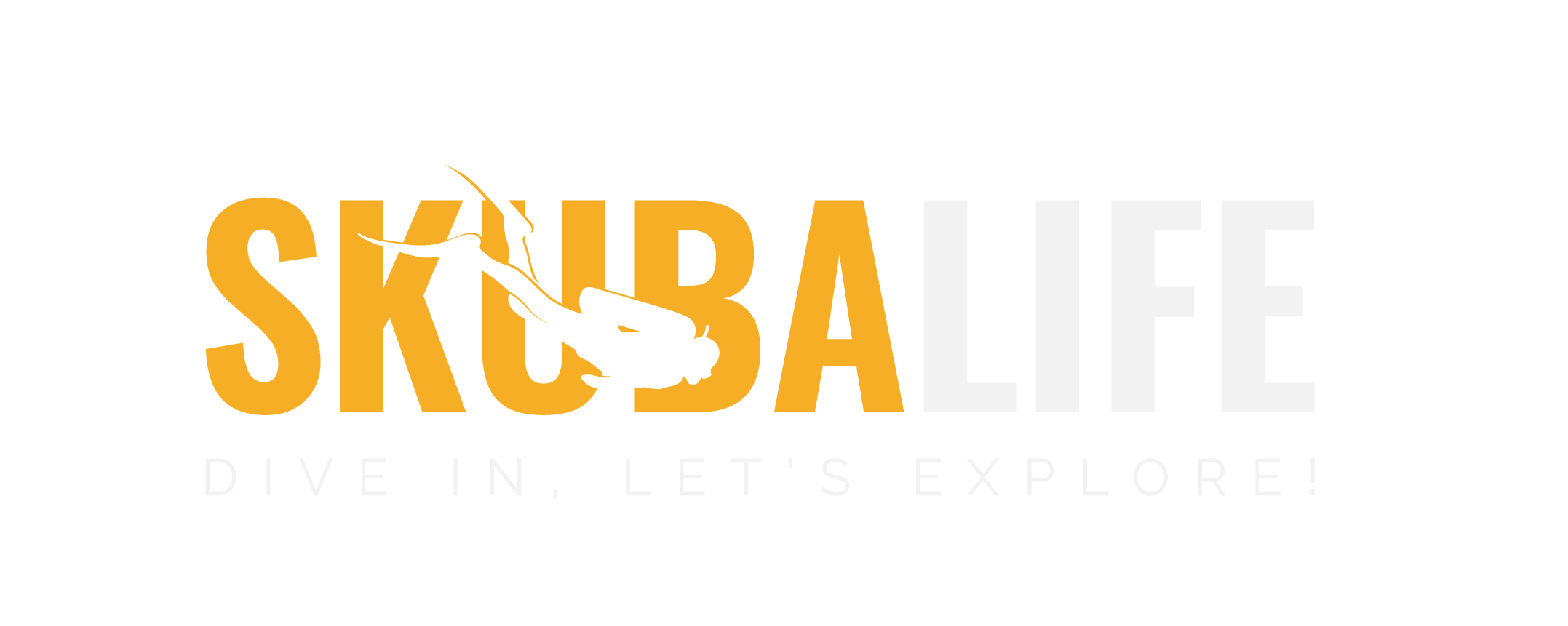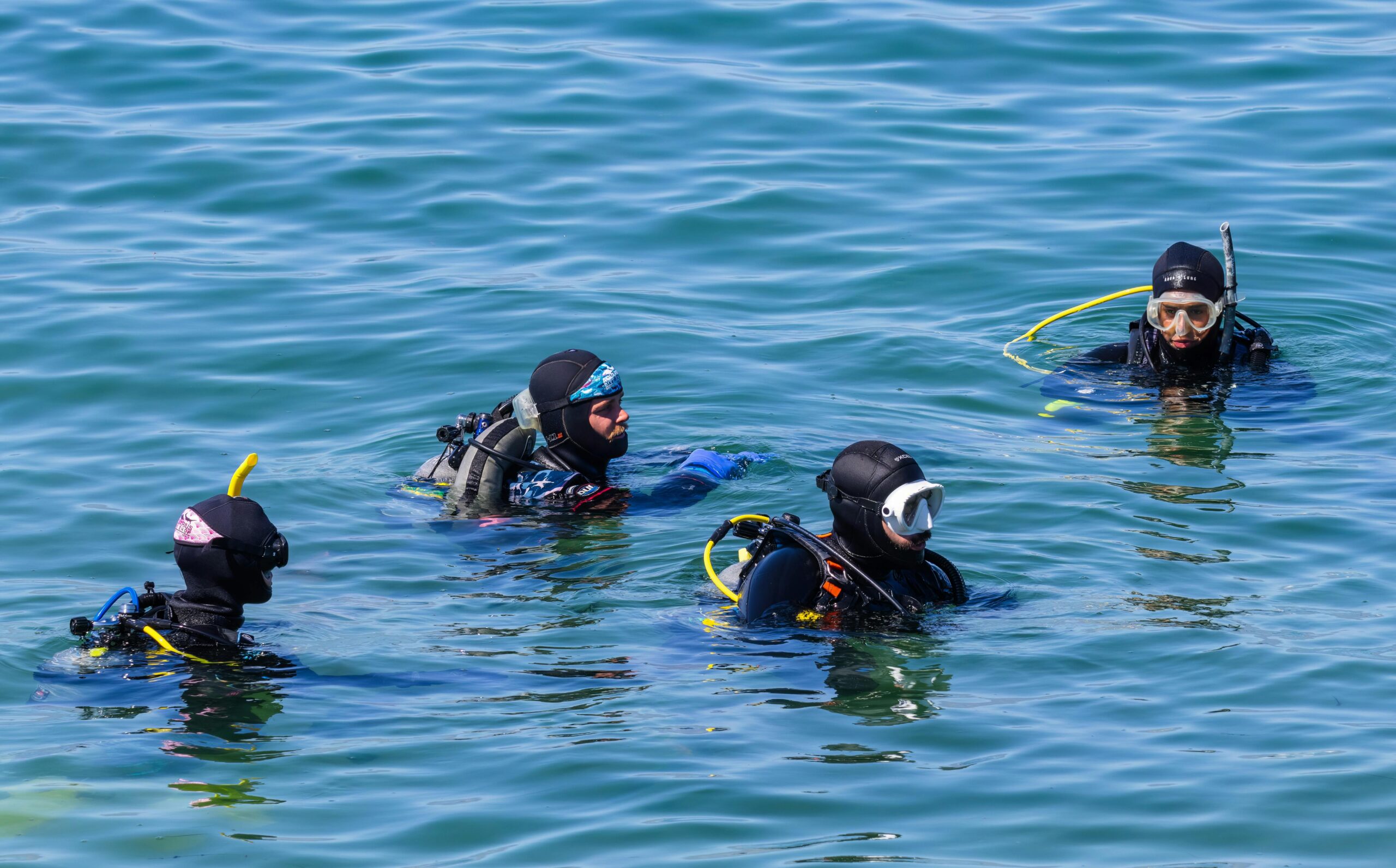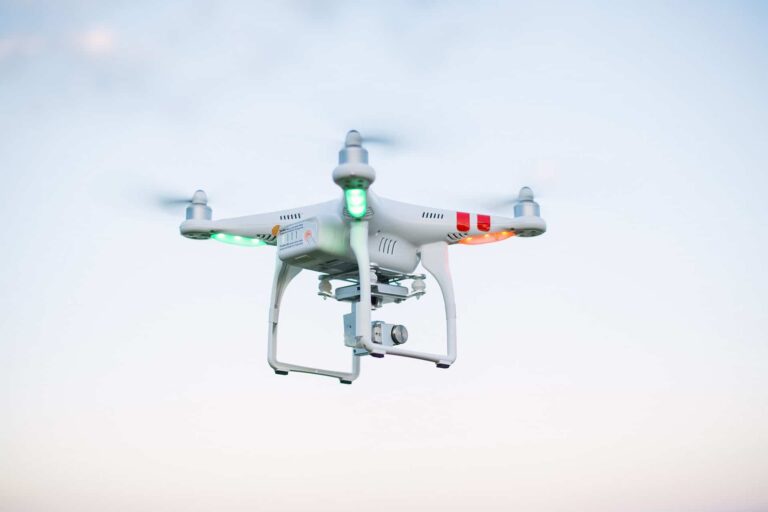How to Scuba dive: A Complete Guide for Beginners
Scuba diving is an incredible experience that allows you to explore the underwater world like never before. If you’ve ever wondered how to scuba dive, this guide will walk you through everything you need to know, from essential gear to breathing techniques and safety tips. Whether you’re a complete beginner or looking to refine your skills, learning how to scuba dive properly will make your underwater adventures safe and enjoyable.
Why Learn How to Scuba dive?
Scuba diving offers an unmatched sense of adventure and a chance to see marine life up close. Here’s why you should learn how to scuba dive:
- Explore a New World: Discover vibrant coral reefs, mysterious shipwrecks, and fascinating marine creatures.
- Relaxing and Therapeutic: The weightlessness and slow breathing help reduce stress and improve mindfulness.
- Great for Fitness: Scuba diving strengthens muscles, improves breathing efficiency, and enhances overall endurance.
If you’ve ever wondered how to scuba dive, this guide will walk you through everything you need to know, from essential gear to breathing techniques and safety tips.
How to Scuba dive: A Step-by-Step Guide
If you’re ready to take the plunge, follow these steps to learn how to scuba dive safely and confidently.
Step 1: Get Certified
Before you start exploring the ocean depths, you need to complete a scuba diving certification course.
- Choose a Training Agency: PADI (Professional Association of Diving Instructors) and SSI (Scuba Schools International) are the most recognized.
- Complete Theory Lessons: Learn about dive physics, safety protocols, and equipment use.
- Confined Water Training: Practice essential skills in a controlled environment like a pool.
- Open Water Dives: Apply what you’ve learned in real underwater settings under instructor supervision.
Step 2: Learn Essential Scuba Diving Equipment
Knowing your gear is crucial when learning how to scuba dive.
- Mask and Snorkel: A proper fit ensures a clear view underwater.
- Wetsuit or Dry suit: Protects against cold temperatures and provides buoyancy.
- Buoyancy Control Device (BCD): Helps you float, descend, and ascend smoothly.
- Regulator and Tank: Supplies air from your tank to help you breathe.
- Fins: Improve mobility and reduce effort while swimming.
Step 3: Master Breathing Techniques
Proper breathing is the key to safe diving.
- Breathe Slowly and Deeply: Conserves air and prevents dizziness.
- Exhale Fully: Helps maintain buoyancy and control.
- Avoid Holding Your Breath: Can lead to lung overexpansion injuries.
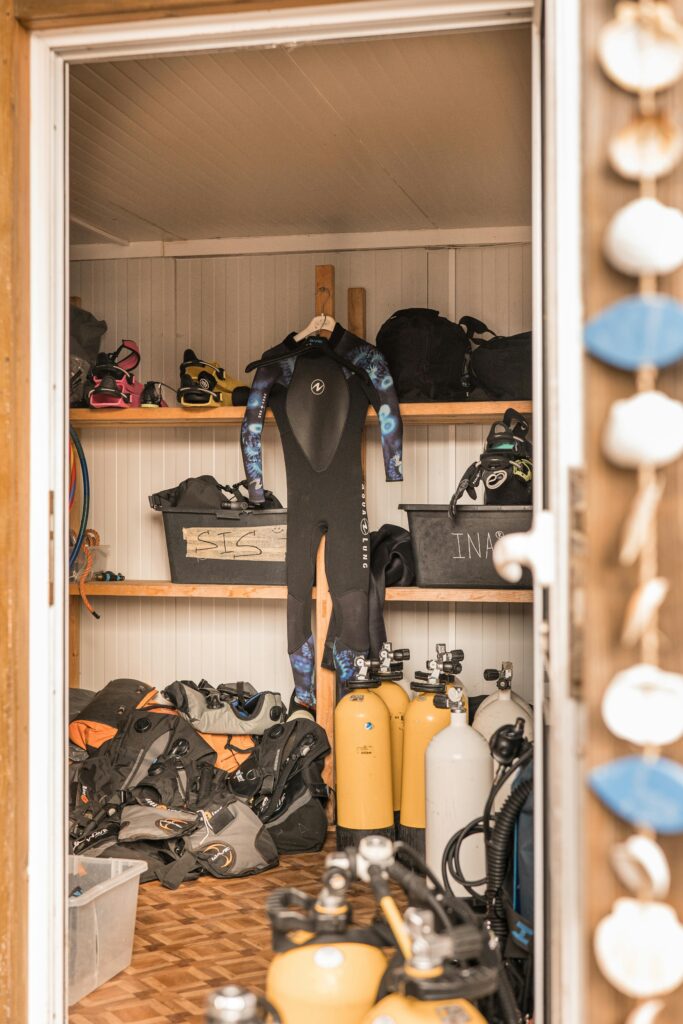
How to Scuba dive Safely: Key Tips for Beginners
Understanding safety protocols is essential for anyone learning how to scuba dive.
Tip 1 : How to Scuba dive with Proper Buoyancy Control
Maintaining neutral buoyancy helps you move effortlessly underwater.
- Adjust Your BCD: Use small bursts of air to achieve neutral buoyancy.
- Practice Fin Kicks: Learn the frog kick or flutter kick for efficient movement.
- Stay Relaxed: Keeping calm helps conserve energy and air.
Tip 2 : How to Scuba dive with a Buddy System
Never dive alone! A dive buddy ensures safety and enhances the experience.
- Plan the Dive Together: Discuss depth, duration, and emergency procedures.
- Monitor Each Other: Regularly check on air supply and comfort levels.
- Stay Close: Maintain communication using hand signals.
Tip 3 : How to Scuba dive in Different Environments
Diving conditions vary, so be prepared for different underwater settings.
- Reef Diving: Ideal for beginners, offering colorful marine life and clear waters.
- Wreck Diving: Requires additional training but provides exciting exploration opportunities.
- Drift Diving: Perfect for those who want to experience strong ocean currents.
Tip 4 : How to Scuba dive and Prevent Common Mistakes
Avoiding rookie errors ensures a smoother experience.
- Check Your Gear Before Every Dive to prevent malfunctions.
- Equalize Your Ears Frequently to avoid pressure-related discomfort.
- Ascend Slowly to prevent decompression sickness.
Best Places to Learn How to Scuba dive
If you’re looking for top diving destinations, here are some beginner-friendly spots:
- Great Barrier Reef, Australia: Warm waters and abundant marine life.
- Bali, Indonesia: Crystal-clear waters and diverse dive sites.
- Hawaii, USA: Beginner-friendly reefs and excellent visibility.
- Sri Lanka: Rich in coral reefs, shipwrecks, and tropical fish.
Conclusion
Learning how to scuba dive is an exciting journey that opens up a whole new world beneath the waves. By following proper training, mastering breathing techniques, and practicing safety measures, you’ll be ready to enjoy unforgettable underwater adventures. Whether you’re diving in tropical waters or exploring historic wrecks, scuba diving is an experience like no other. So dive in and begin your adventure today!
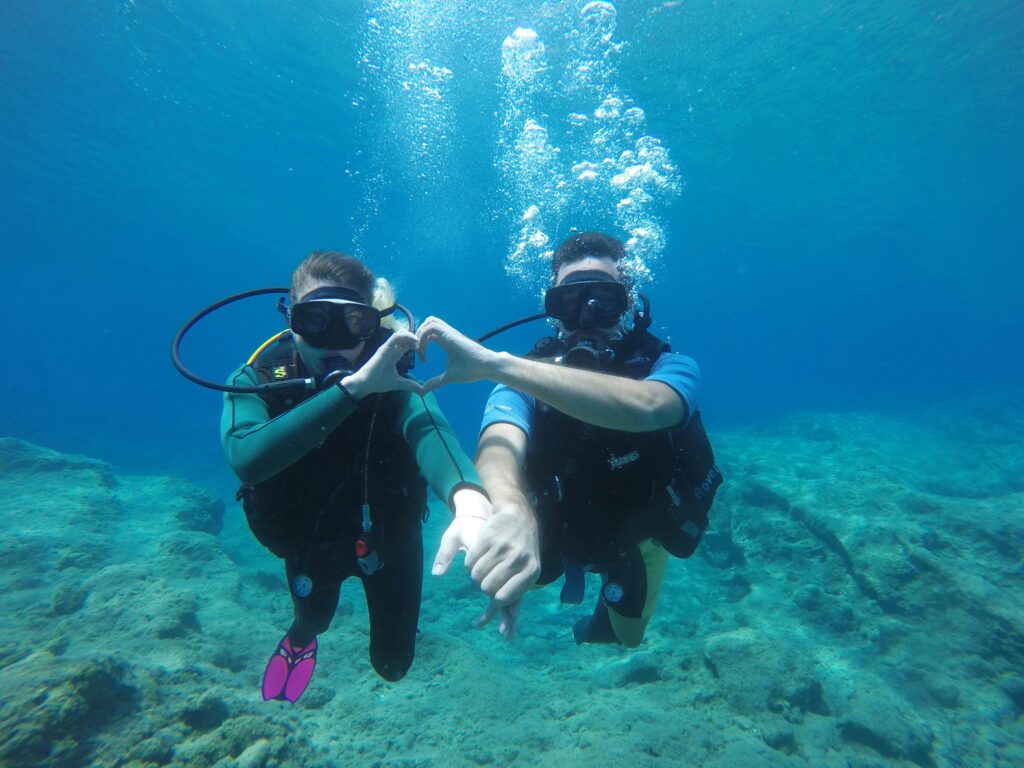
FAQs
1. How long does it take to learn how to scuba dive?
It typically takes 3-4 days to complete an Open Water Diver certification course, depending on the training program and location.
2. Is there any health requirements for scuba diving?
Most people can learn how to scuba dive, but you should be in good health and comfortable in the water. Some medical conditions may require a doctor’s approval.
3. How deep can beginners go when learning how to scuba dive?
Open Water Divers are certified to dive up to 18 meters (60 feet), while Advanced Open Water Divers can go up to 30 meters (100 feet).
4. What should I do if I feel nervous about learning how to scuba dive?
Start with shallow dives, practice breathing techniques, and take your time. Diving with an experienced instructor can help build confidence.
5. How much does it cost to learn diving?
Prices vary by location, but a certification course typically costs between $300 and $600, including training, equipment rental, and dive sessions.
6. Where can i find more information on learning to scuba dive?
Please visit PADI’s post here to learn more about Scuba and starting your training.
Please don’t forget to leave a review.
